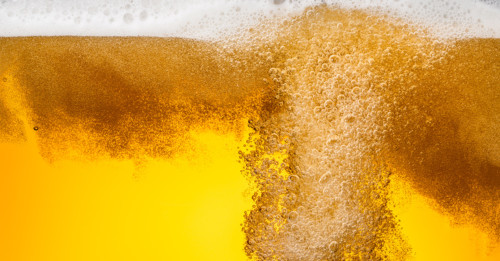Many components both go into and come out of the production of beer. Some have slightly terrifying chemistry and/or Latin names. Esters, thankfully, is a pretty simple term, and a fairly straightforward element in beer.
Basically—we mean really basically, as in please do not use this kind of explanation for say, your Cicerone exam—esters are a byproduct of fermentation that can impart a variety of fruit flavors, and sometimes some undesirable flavors, to the beer. Esters will vary depending on the type of yeast used—for instance, lager yeast and the practice of lagering (or cold storing) will intentionally produce few esters, which is why most lagers are described as tasting cleaner or crisper than ales. Since ales are fermented at warmer temperatures, with a different strain of yeast, they tend to have more esters in the finished product. Not that esters should be everywhere in beer (just like roasted malts have a place in some, but not all, beers). But the flavors of many ales, for instance the classic banana-flavor of a German Hefeweizen, owe some of their very special character to esters.
Chemistry lesson over. Beer anyone?
